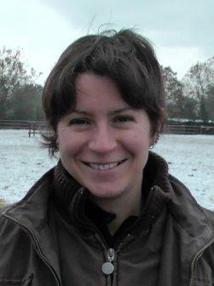BibTex format
@article{Debebe:2020:10.7554/eLife.54558,
author = {Debebe, BJ and Boelen, L and Lee, JC and IAVI, Protocol C Investigators and Thio, CL and Astemborski, J and Kirk, G and Khakoo, SI and Donfield, SM and Goedert, JJ and Asquith, B},
doi = {10.7554/eLife.54558},
journal = {eLife},
pages = {1--43},
title = {Identifying the immune interactions underlying HLA class I disease associations},
url = {http://dx.doi.org/10.7554/eLife.54558},
volume = {9},
year = {2020}
}

